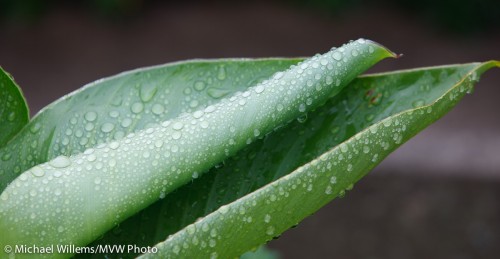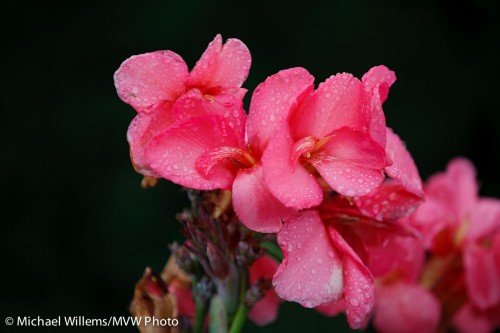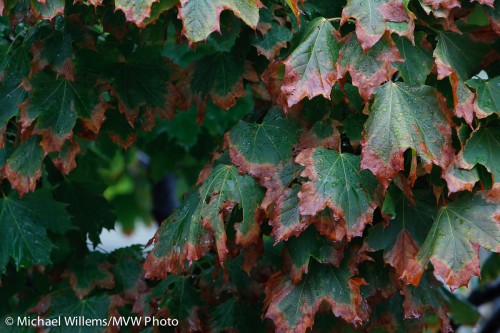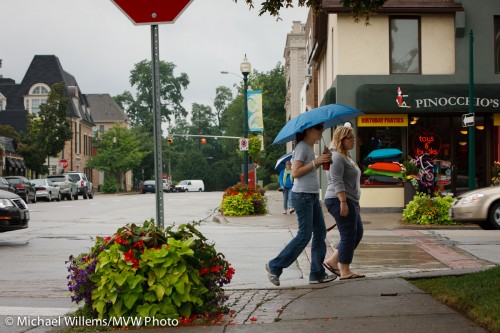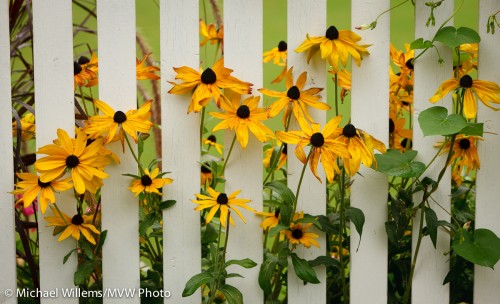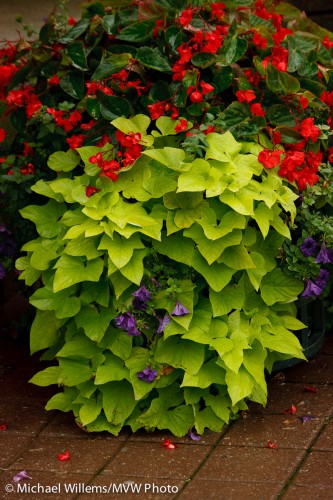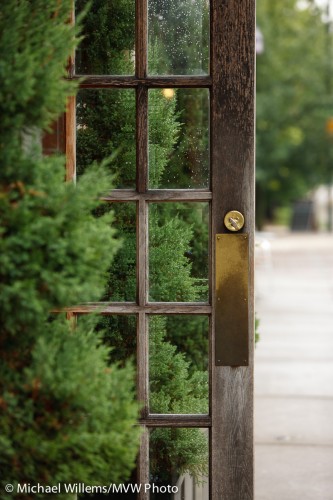Have you ever thought, or said, the following?
Waah. It’s raining, I can’t take pictures.
There’s no sun, I can’t take pictures.
Don’t you believe it. A cloudy, rainy day is better than a sunny day in so many ways.
- No harsh shadows to wrinkle clothes (or faces)
- No squinting eyes
- Saturated colour
- No impossible contrast to handle
- Those great raindrops
The other day, I took a few snaps during the Henry’s Creative Urban Photography walkaround. Here’s a few of them: are those saturated colours not beautiful?
A rainy, overcast, dreary day: provided you expose properly (remember exposure compensation. Hint: it’ll likely be “minus”), there’s really nothing quite like it.

